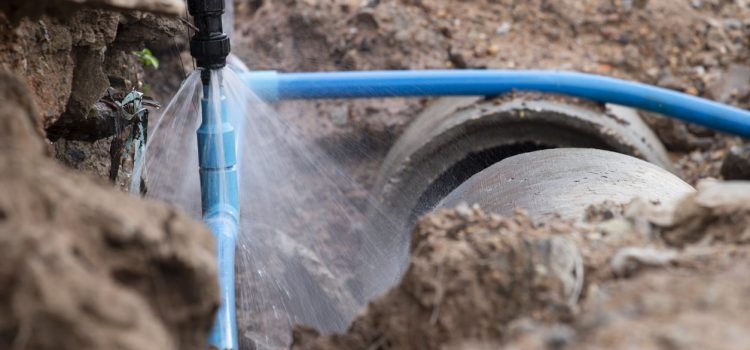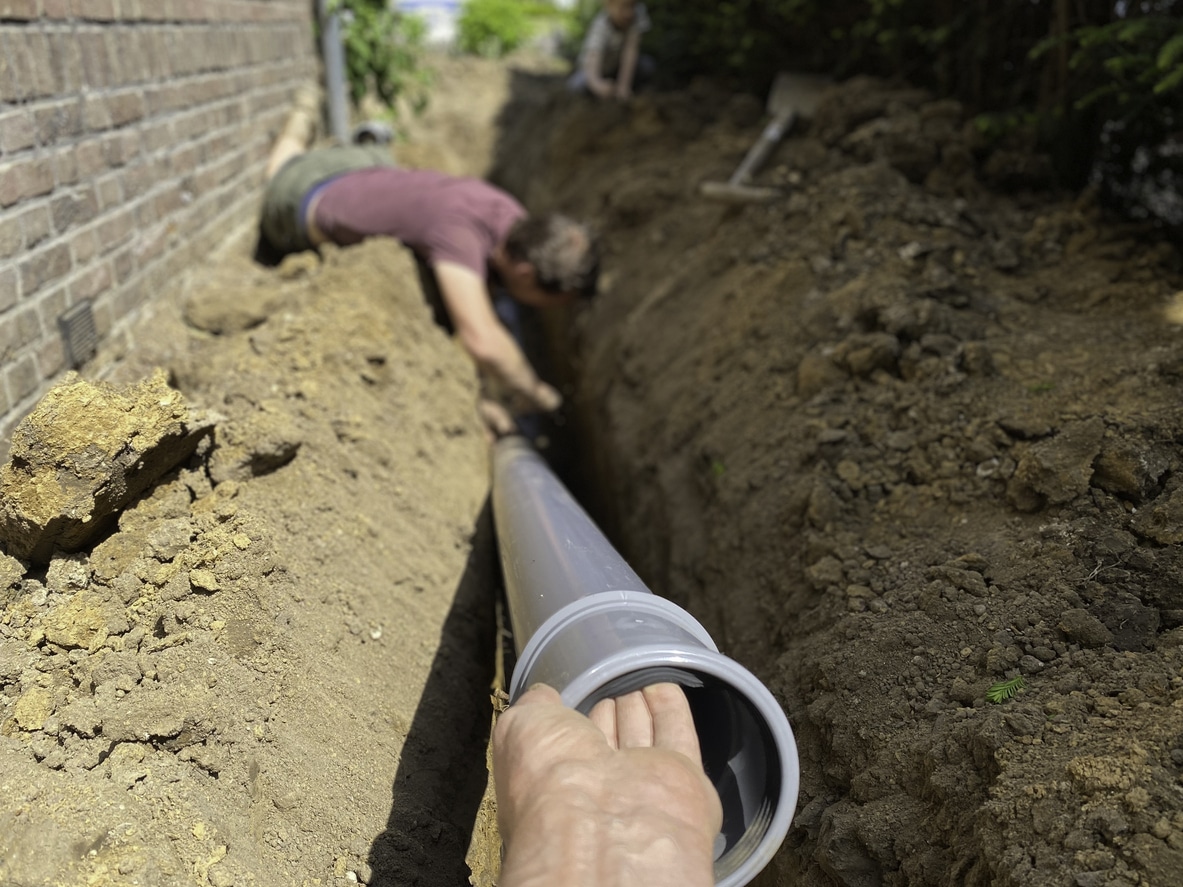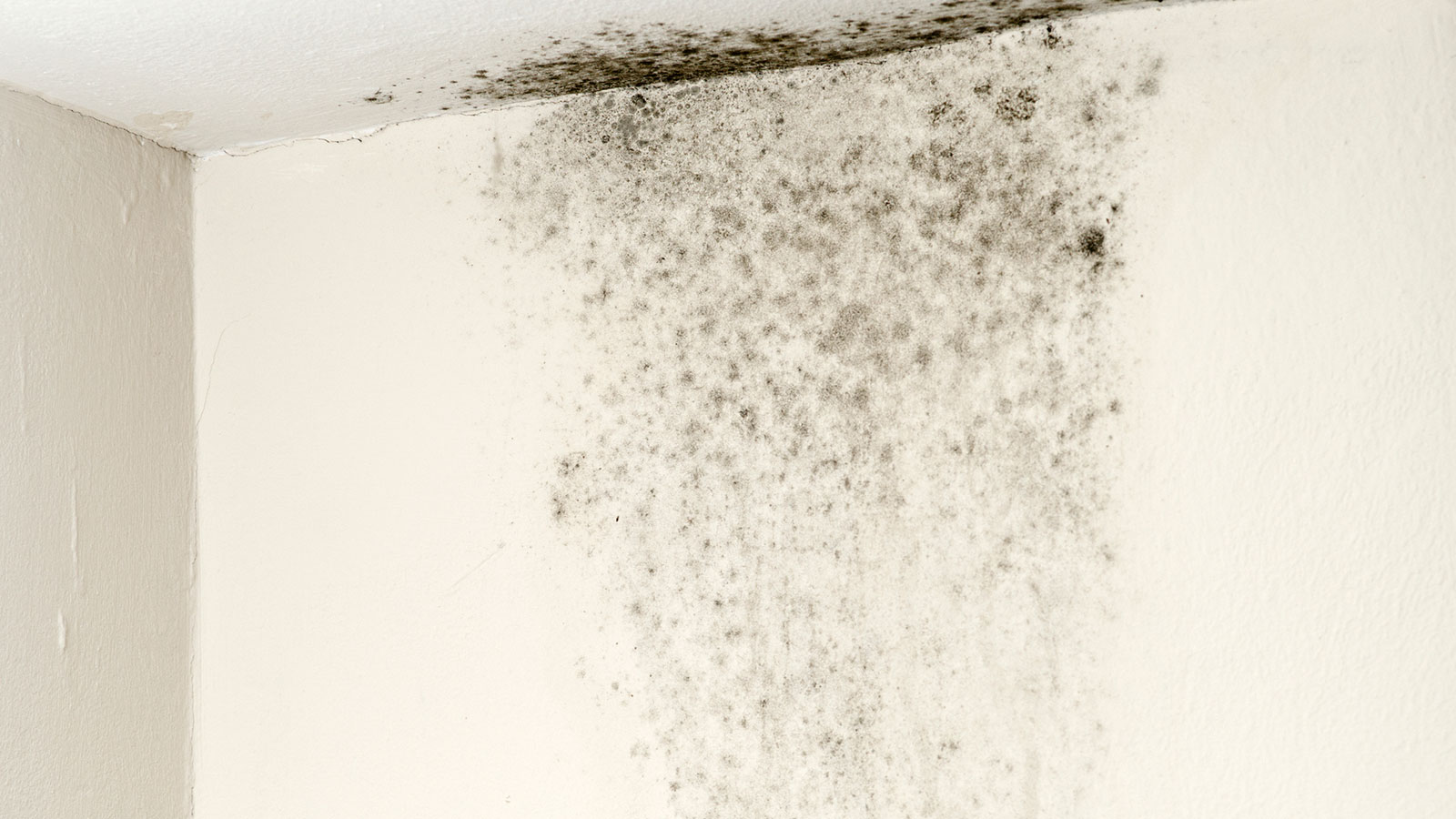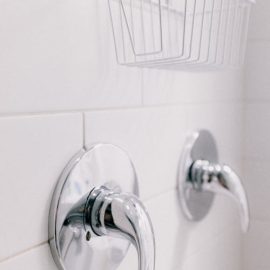
There’s no reason to let this year’s spooky season, especially with the Covid-19, be ruined by home sewage issues like broken sewer pipes. You will be able to recognize the top 5 tell-tale signs that your sewage line is probably damaged with our assistance.
Sewer Odor Is Very Strong
A strong and peculiar stench, in my opinion, is a warning sign that something is amiss with your sewer system.
A sanitary sewer is often constructed to be airtight, with the exception of vent stacks on your roof that allows sewage to flow downhill. Your nose, on the other hand, will alert you if there is a crack in your sewage pipes. And, before this hazardous stench enters your home, call a sewage repair specialist right once.
Blockages and Backups of Sewage
 I know it’s unpleasant to consider, but sewage backups and clogs in the home may happen to anybody, at any time, and in any place.
I know it’s unpleasant to consider, but sewage backups and clogs in the home may happen to anybody, at any time, and in any place.
If you get backups every time you flush or pour water down the drain, it may not be your fault. The source of the problem might be a decaying or damaged sewage pipe.
However, determine whether the issue is limited to a single sink, tub, or toilet. In this instance, devote all of your efforts to repairing that one location. If you are unable to deal with it, get expert assistance.
Slow Drainage
Slow drains are one of the most difficult plumbing issues in any home. The issue is that many of us will not notice when a sink begins to drain badly until it reaches the point where it barely drains at all. But the most astonishing reality about life is how long we can live with a sluggish drain before we decide to do anything about it.
Slowness can be caused by a small amount of build-up or a large clump of hair that never actually fell out. And it’s still not horrible if you simply have one isolated blockage in the house. When all of the drains are clogged, it’s time to take things seriously.
Mold Is Growing on the Walls, Floors, and Ceilings
 Mold symbolizes more than what the word “unsightly” might signify, whether it’s the mucky black spots on your walls, the fuzzy white patches on your ceilings, or the smooth orange film that accumulates on your basement flooring. At this time, I’d assume that every homeowner has dealt with mold at some point in their lives.
Mold symbolizes more than what the word “unsightly” might signify, whether it’s the mucky black spots on your walls, the fuzzy white patches on your ceilings, or the smooth orange film that accumulates on your basement flooring. At this time, I’d assume that every homeowner has dealt with mold at some point in their lives.
Although you may not be allergic or sensitive to mold, prolonged contact with mold can cause skin, skin, nose, throat, and lung discomfort.
What is the point of all of this?
To let you know that these damp patches on your house’s ceilings, walls, and floors might thrive as a result of a collapsed sewage line or a damaged water pipe.
Molds often emerge and grow only when the humidity level in a home exceeds 55%. However, when a sewage line breaks in and around your home’s interior, humidity levels rise to the point of creating mold and mildew areas.
While mold may be incredibly irritating and detrimental to your health, it can also develop and damage the interior, exterior, and foundation of your house.
A Toilet That Makes Noise
It is not nice to hear strange noises coming from your toilet immediately after flushing. It is a clear evidence of a household’s secret adversary. This gurgling noise can only be made when air is held and rapidly released. And, of course, the presence of air in your sewage system indicates the presence of a leak.
You don’t have to wait for the molehill to turn into a mountain. Repair the sewage pipe before it drowns you and your home.



